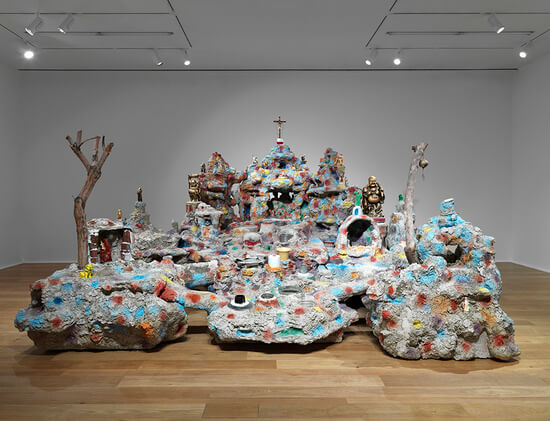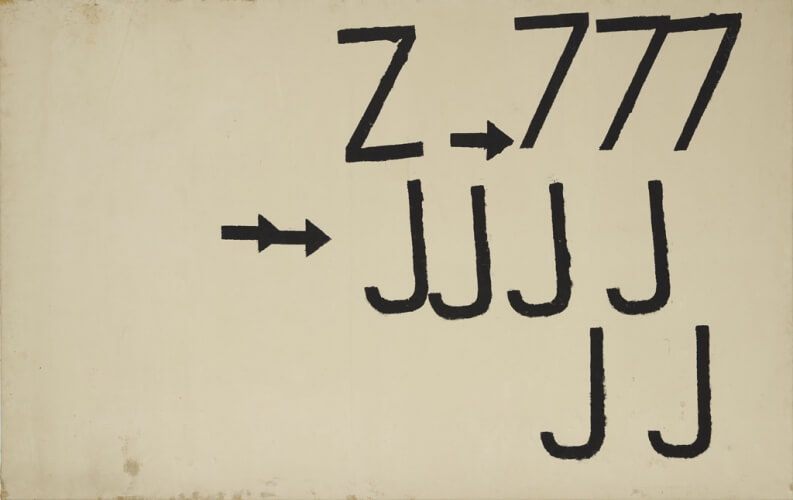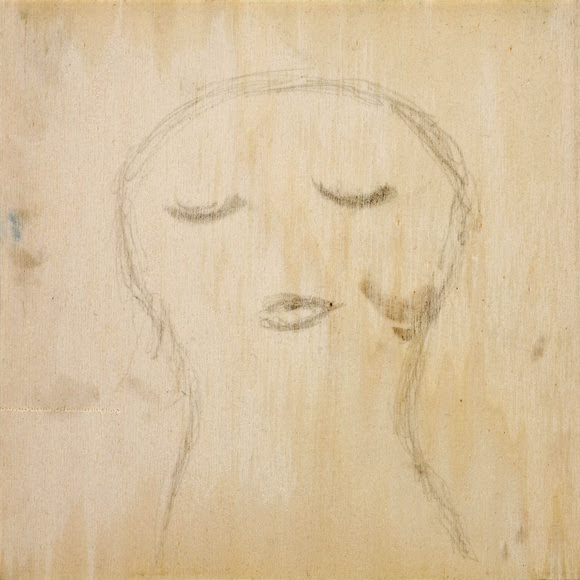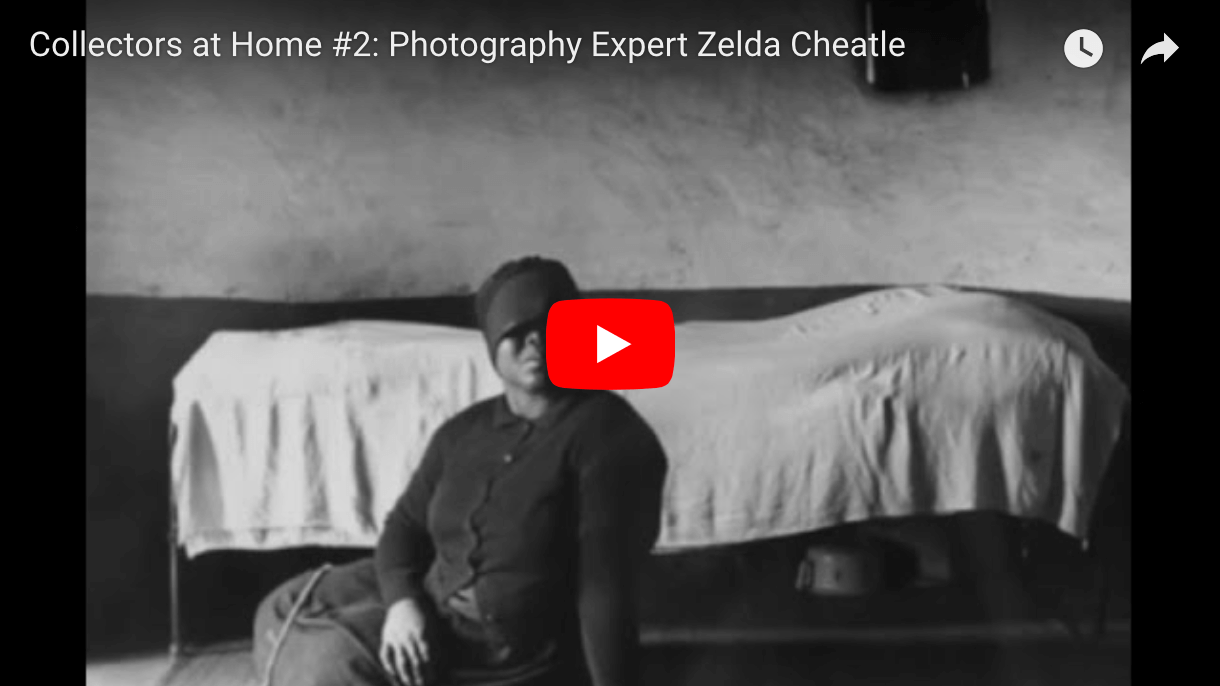Ahead of Frieze art fair, the following weeks I will be covering auction highlights, artworks to collect from the fair, the quirky and the overlooked. As a warm up, this week I am filling up your calendar with a hand-picked list of gallery openings in Mayfair. A selection of three contemporary art history totems. The three of them poetic, unruly, unmissable.
A friend recently asked me “how to attack Frieze”. As fall welcomes us in London, Frieze frenzy arrives ahead of the fair. Innumerable gallery private views pile up in the agenda; fabulous lots come up at auction; Frieze London and Frieze Masters daunt us in their scale; alternative fairs like Sunday, PAD, 1:54… have become a must; and after-parties and events pop up like mushrooms. Indeed, we need to talk about a plan of attack.
Mike Kelley at Hauser & Wirth London
Preview: Thursday 22 September, 6-8pm. The exhibition continues until 19 November

Art © Mike Kelley Foundation for the Arts. All Rights Reserved / Licensed by VAGA, New York, NY
Rennie Collection, Vancouver
Courtesy the Foundation and Hauser & Wirth
Photo: Ken Adlard
“My entrance into the art world was through the counter-culture, where it was common practice to lift material from mass culture and ‘pervert’ it to reverse or alter its meaning… Mass culture is scrutinized to discover what is hidden, repressed, within it.”
Through his performances, installations, architectural models, paintings, drawings and music, Mike Kelley (1954-2012) explored themes as diverse as American class relations, sexuality, repressed memory, systems of religion and transcendence, and politics. He brought to these subjects both critique and self-deprecating humor through a surprising repurposing of ideas and materials.
Organised in collaboration with the Mike Kelley Foundation for the Arts, Hauser & Wirth London presents a single monumental installation from 1999: Framed and Frame (Miniature Reproduction ‘Chinatown Wishing Well’ built by Mike Kelley after ‘Miniature Reproduction ‘Seven Star Cavern’ Built by Prof. H.K. Lu’). Taking Los Angeles’ marginalised Chinese-American community as its inspiration, Framed and Frame explores the conceptual space between real and imagined places.
Jannis Kounellis at White Cube Mason’s Yard
Preview: Thursday 22 September, 6-8pm. The exhibition continues until 29 October

Mixed media on cardboard
27 9/16 x 39 3/8 in. (70 x 100 cm)
© the artist. Photo © White Cube (Ben Westoby)
Jannis Kounellis was born in Piraeus, Greece in 1936 but moved to Rome in 1956, where he still lives and works. Associated with the Arte Povera movement from 1967 onwards, his work is characterised by the juxtaposition of elements, including ready-made objects. The exhibition focuses on Kounellis’ very first works, the Alfabeto series, works on paper and paintings. The selection will also include several other works on paper and early wall-based sculptures from the 1980s and 1990s.
The Alfabeto series, begun around 1958 while he was still a student in Rome, is comprised by expanses of colour with letters, numbers, typographical symbols and road markings superimposed. Such works demonstrated his aim of transcending the poetics of abstraction and pursuing a line of study characterised by contradictory concerns with, on the one hand, the symbols of mass urban and industrial civilisation, and on the other, primitive, fundamental, individual values.
Marisa Merz at Thomas Dane
Preview: Tuesday 27 September, 6-8pm. The exhibition continues until 12 November

© Marisa Merz, courtesy Thomas Dane Gallery, London and Gladstone Gallery, New York and Brussels
Marisa Merz, born in 1926, lives and works in Turin, Italy. She was a central figure in the Arte Povera movement in Italy in the late 1960s to 1970s, alongside Mario Merz, Alighiero Boetti, Jannis Kounnelis and Giuseppe Penone. Arte Povera did not simply favour the use of refused or common materials as a reflection of the economical context in Italy but rather enthroned these materials in order to re-position them and question the values within the commercial contemporary gallery system.
In their press release, the gallery suggests that we resist over-interpreting and over-rationalising her creations, but rather let them take us on an enchanting and poetic path. I couldn’t agree more. Enjoy the ambiguity and the blank stare of the busts and portraits. Their ethereal quality; their silence.



